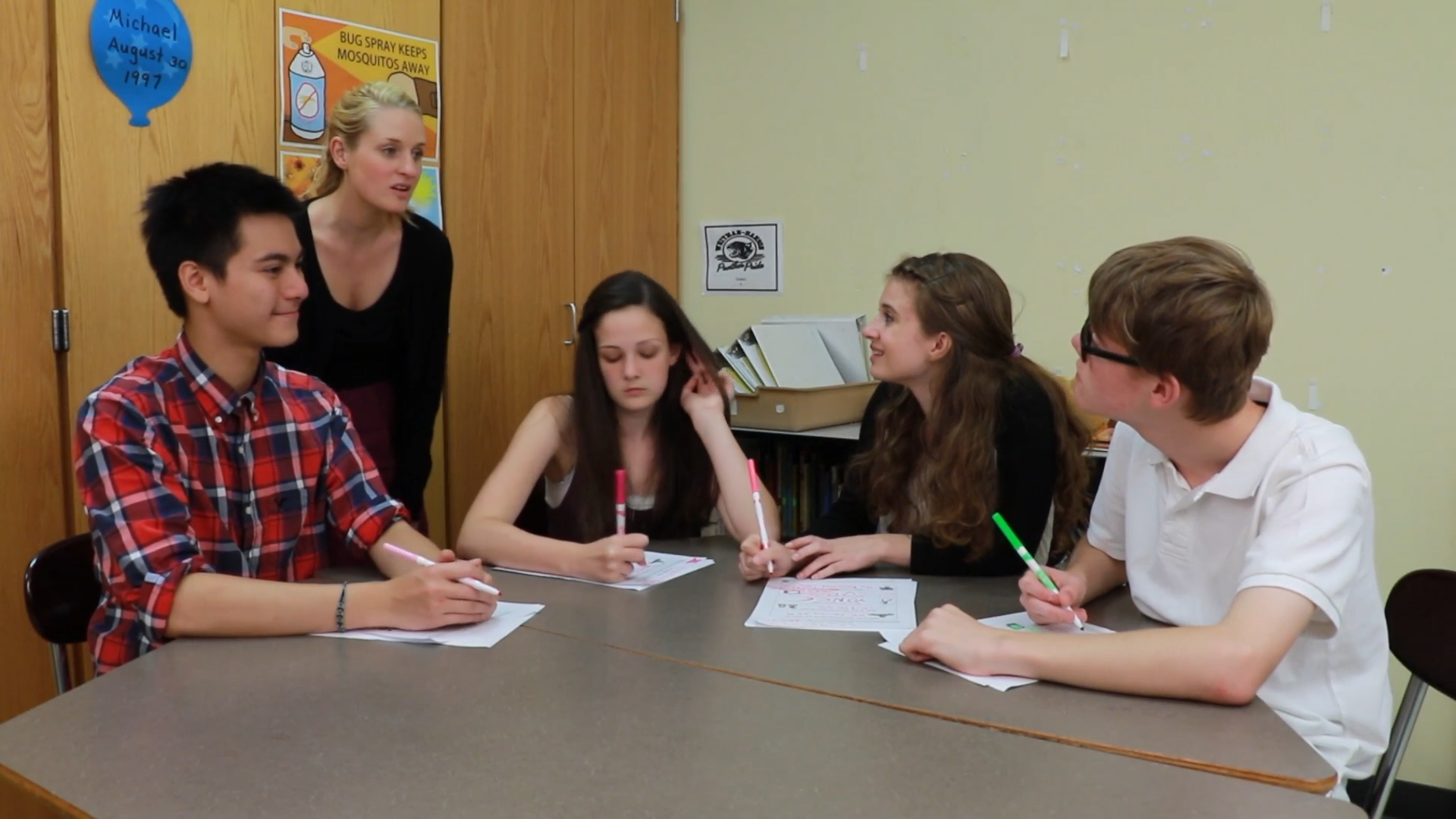
Introduction
First impressions are the initial thoughts and feelings people have about us, based on our actions and appearance. These impressions can significantly impact how others perceive and interact with us. As educators, we can teach students the importance of making a good first impression to foster positive relationships and social-emotional growth. This blog post will discuss an easy, no-prep activity to help students understand the significance of first impressions, followed by discussion questions, related skills, and next steps.
No-Prep Activity: The New Student Scenario
This activity requires no preparation or materials and can be done in any classroom setting. The goal is to help students understand the impact of their actions on others’ impressions of them.
- Divide the class into small groups of 3-4 students.
- Ask each group to imagine that a new student is joining their class. One student in the group will play the role of the new student, while the others will play the role of classmates.
- Have each group create two scenarios: In the first scenario, the classmates should make a poor first impression on the new student (e.g., not introducing themselves, ignoring the new student, or being unfriendly). In the second scenario, the classmates should make a good first impression (e.g., introducing themselves, being friendly, and engaging in conversation).
- After the groups have completed both scenarios, ask them to discuss how the new student might feel in each situation and the impressions they might have of their classmates.
Discussion Questions
Following the activity, facilitate a group discussion using the following questions:
- How did the actions of the classmates in each scenario affect the new student’s impression of them?
- Why is it important to make a good first impression when meeting someone new?
- How can making a good first impression help build positive relationships with others?
- What are some ways you can make a good first impression in different situations (e.g., meeting a new teacher, joining a club, or attending a social event)?
- Can you think of a time when someone made a strong first impression on you? How did it affect your relationship with that person?
Related Skills
Beyond making a good first impression, there are several other skills that can help students develop strong social-emotional abilities:
- Active Listening: Teaching students to listen carefully and respond thoughtfully to others can lead to better understanding and stronger relationships.
- Empathy: Encouraging students to put themselves in others’ shoes can help them better understand and respond to the feelings and needs of their peers.
- Effective Communication: Helping students express themselves clearly and respectfully can improve their interactions with others and reduce misunderstandings.
- Conflict Resolution: Teaching students to identify and address conflicts in a healthy, constructive way can foster a more positive and supportive classroom environment.
Next Steps
Teaching students the importance of making a good first impression is a valuable skill that can greatly impact their social-emotional growth and relationships with others. To further explore this topic and discover additional resources and activities, sign up for free sample materials at Everyday Speech. These materials can help you incorporate more social-emotional learning activities into your classroom and support your students’ development in this essential area.

